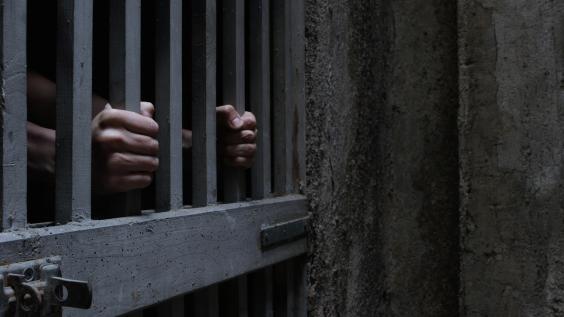Explaining Dimensions of State-Level Punitiveness in the United States: The Roles of Social, Economic, and Cultural Factors

Table of Contents
Author(s)
Katharine Neill Harris
Alfred C. Glassell, III, Fellow in Drug PolicyJuita-Elena (Wie) Yusuf
Old Dominion UniversityJohn C. Morris
Old Dominion UniversityAbstract
The United States currently imprisons more citizens than any other Western nation. Over the last few decades, the trend across the United States has been to increase penalties for many offenses. This increase in state punitiveness has likely contributed to the existing state of mass incarceration. If there are certain factors that enhance a state’s penchant for punitiveness, identifying these factors can offer a better understanding of mass incarceration and why certain policy choices are made. Drawing from theories of social control and racial threat, we test social and economic explanations for variations in state punitiveness across several dimensions. We find the effect of the independent variables is not uniform across the dimensions, suggesting there is a difference in how criminal justice policy decisions are made depending on the policy area in question. This finding begs for further investigation into the issue of state punitiveness.
Read the full article in Criminal Justice Policy Review.


